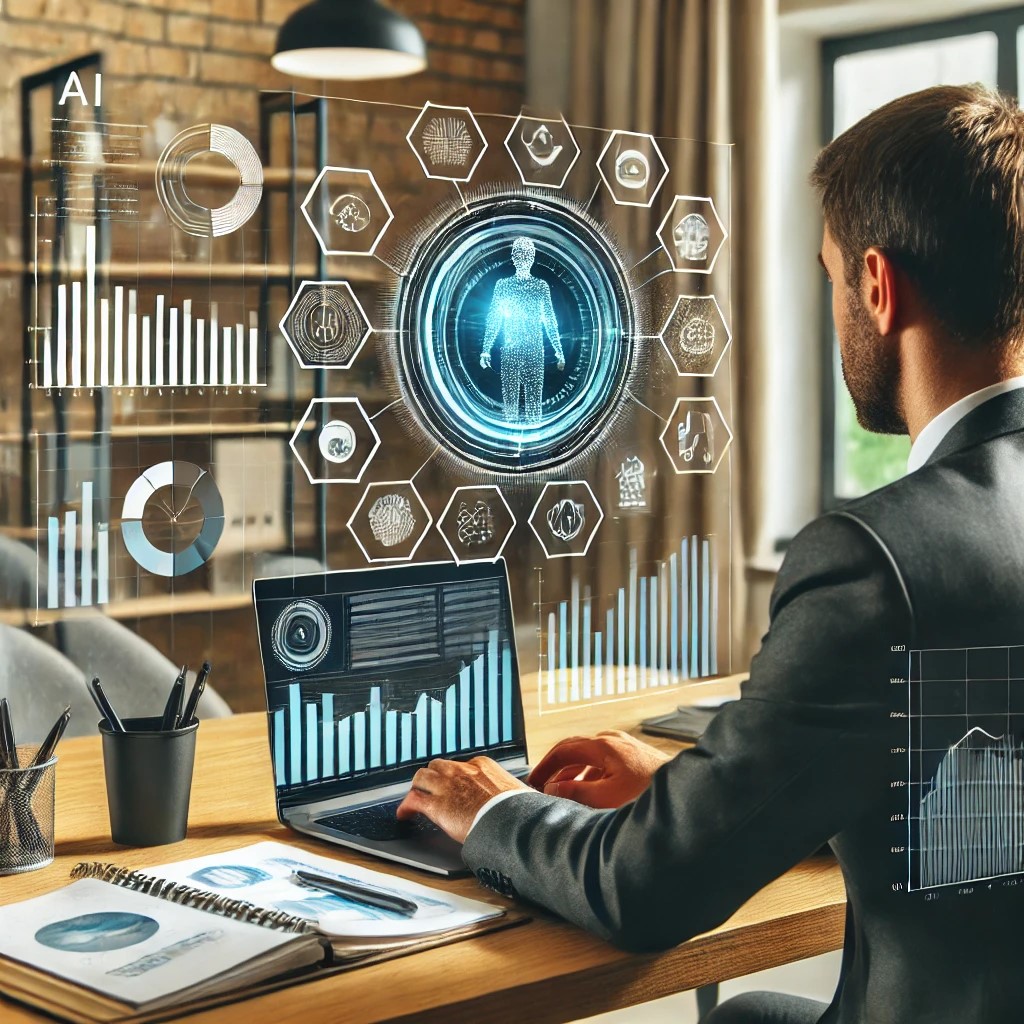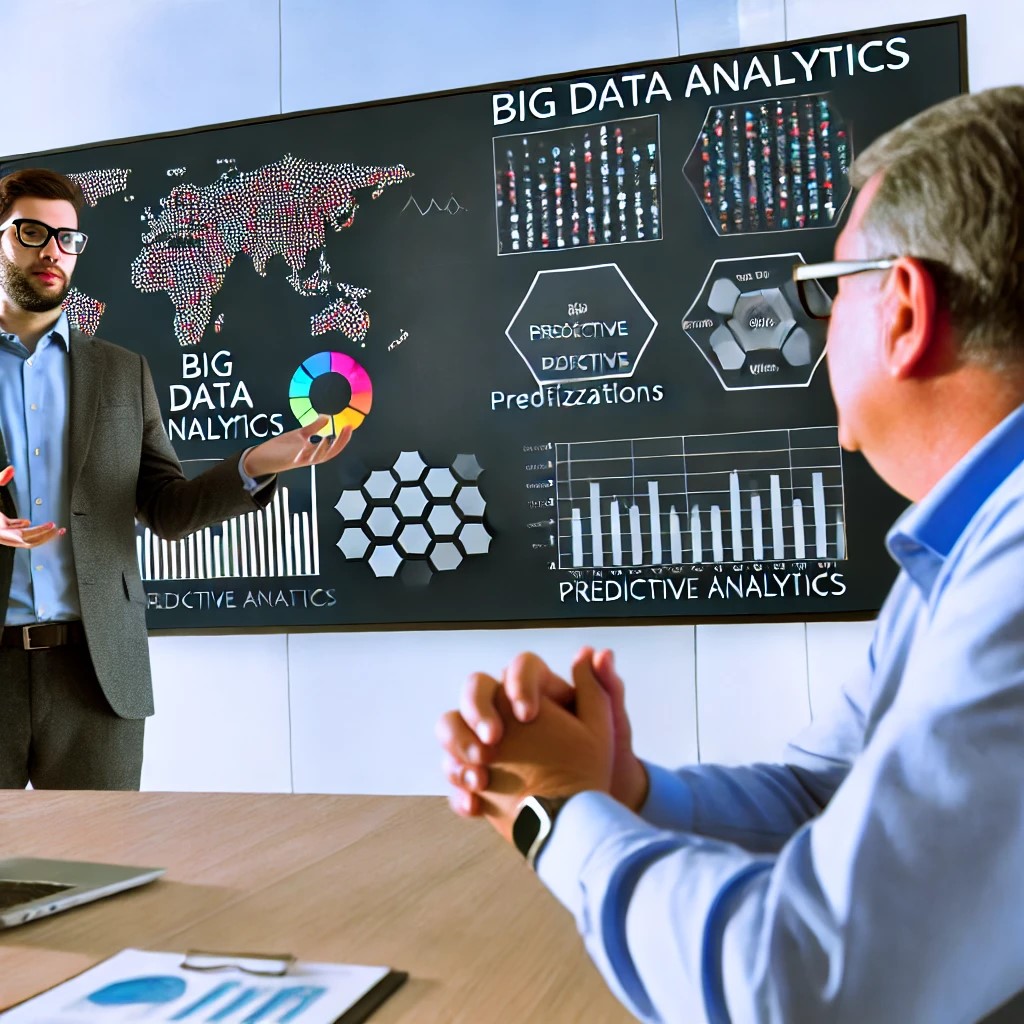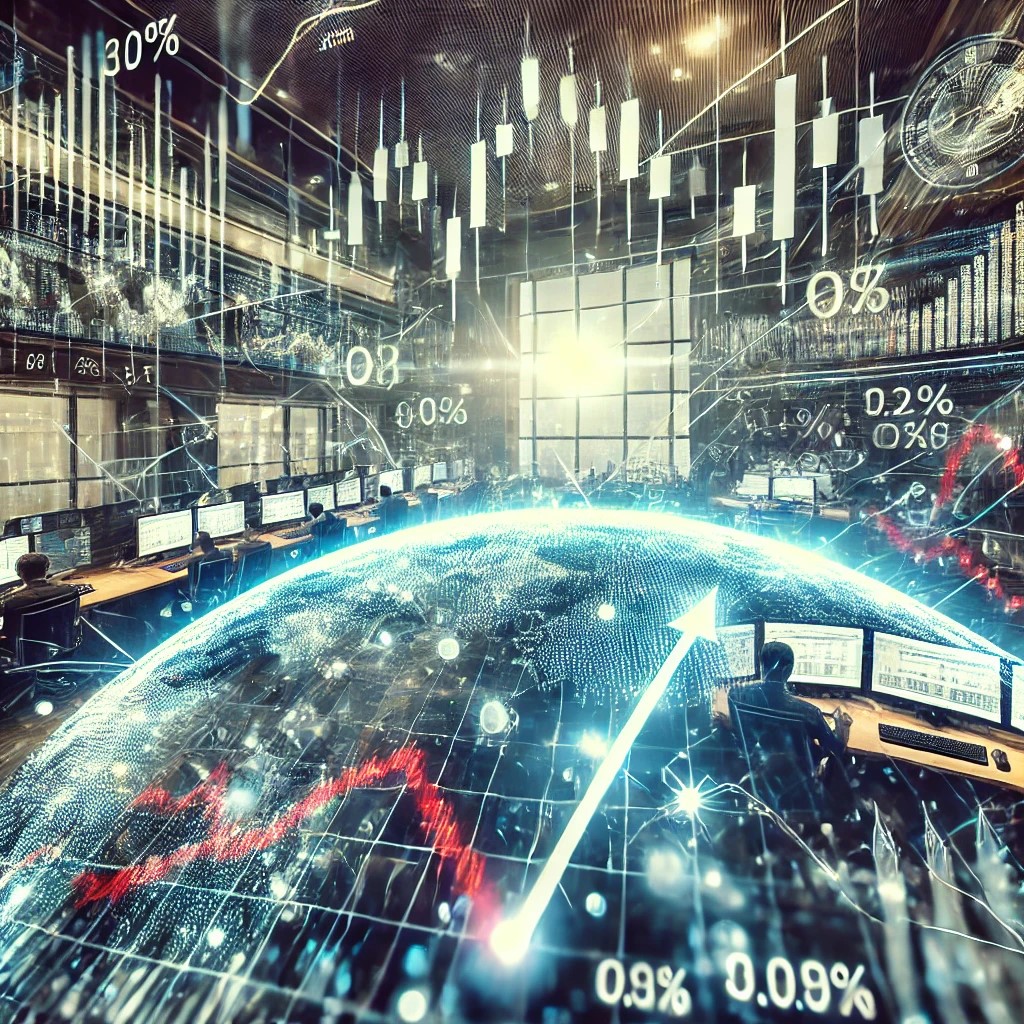Economic indicators are statistical metrics used to measure the overall health and direction of an economy. They provide invaluable insights for policymakers, investors, businesses, and economists to make informed decisions. This article explores the basics of economic indicators, current trends, and future predictions.
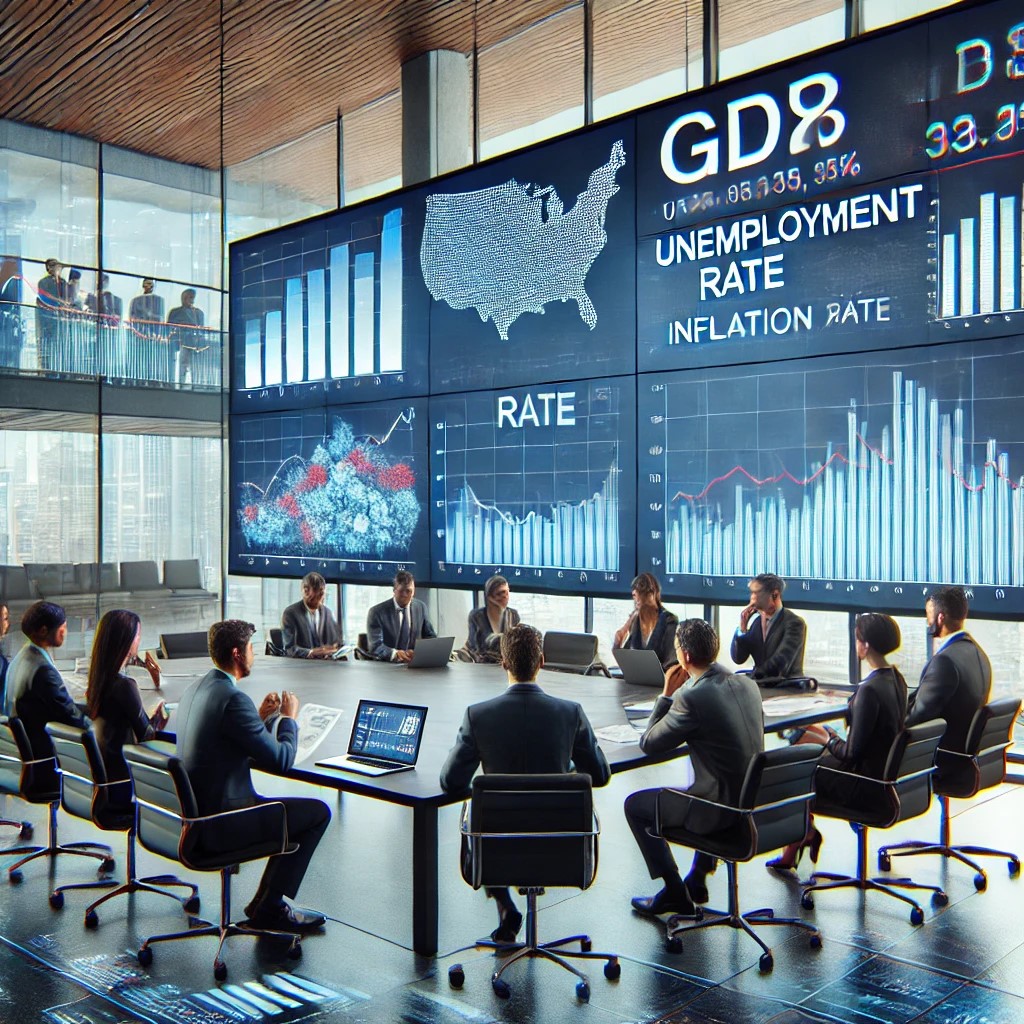
Basics of Economic Indicators
Economic indicators are broadly categorized into three types: leading, lagging, and coincident indicators.
1. Leading Indicators:
Leading indicators predict future economic activity. They change before the economy starts to follow a particular pattern or trend, making them valuable for forecasting. Key leading indicators include:
Stock Market Returns: Often considered a predictor of economic health, as rising stock prices suggest future economic growth.
Consumer Sentiment: Surveys such as the Consumer Confidence Index (CCI) reflect the optimism or pessimism of consumers, indicating future spending behavior.
Manufacturing Orders: Increased orders suggest that manufacturers expect demand to grow, signaling future economic expansion.
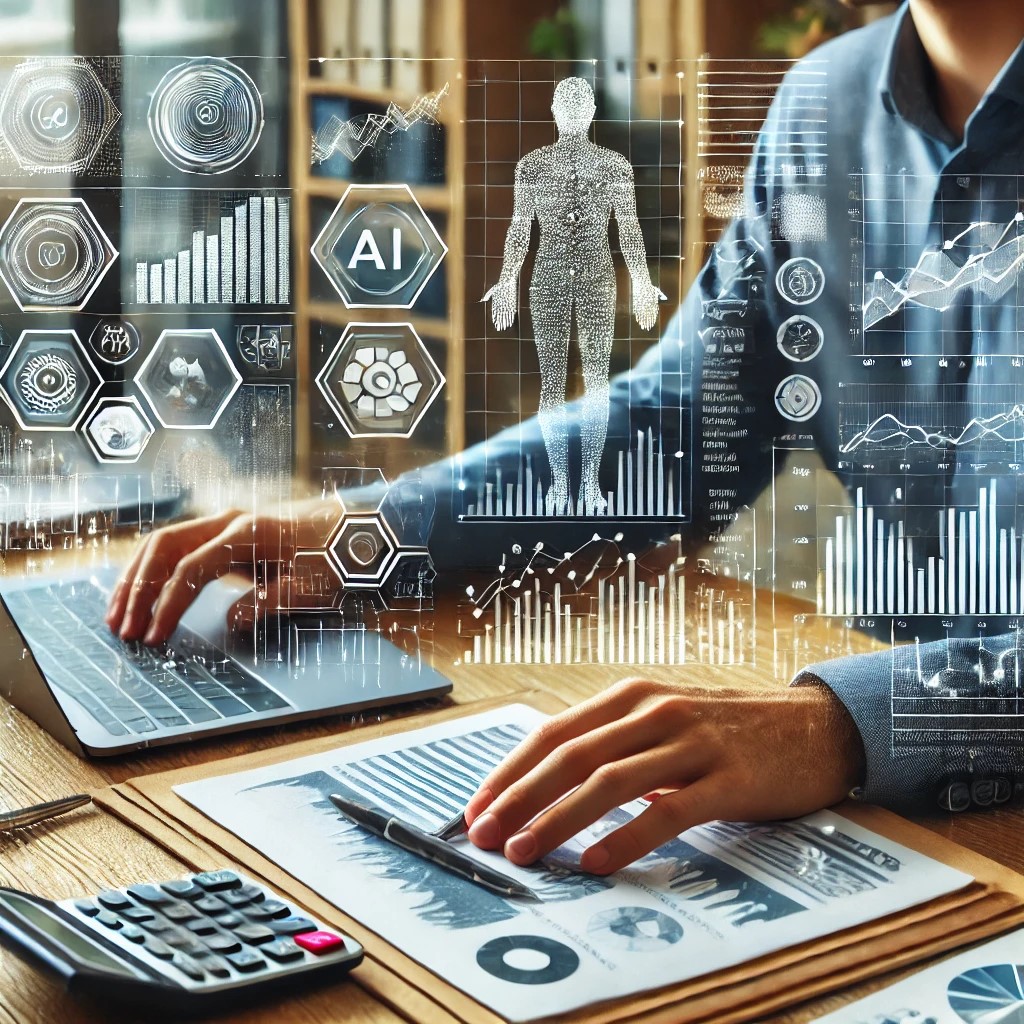
2. Lagging Indicators:
Lagging indicators confirm patterns or trends after the economy has begun to follow them. They provide insights into the long-term performance of an economy. Important lagging indicators include:
Unemployment Rate: Reflects the percentage of the labor force that is unemployed and actively seeking work. It typically lags behind economic cycles.
Inflation Rate: Measures the rate at which the general level of prices for goods and services rises, indicating purchasing power.
Corporate Profits: Indicate how well companies have performed in the past, affecting future investment and spending.
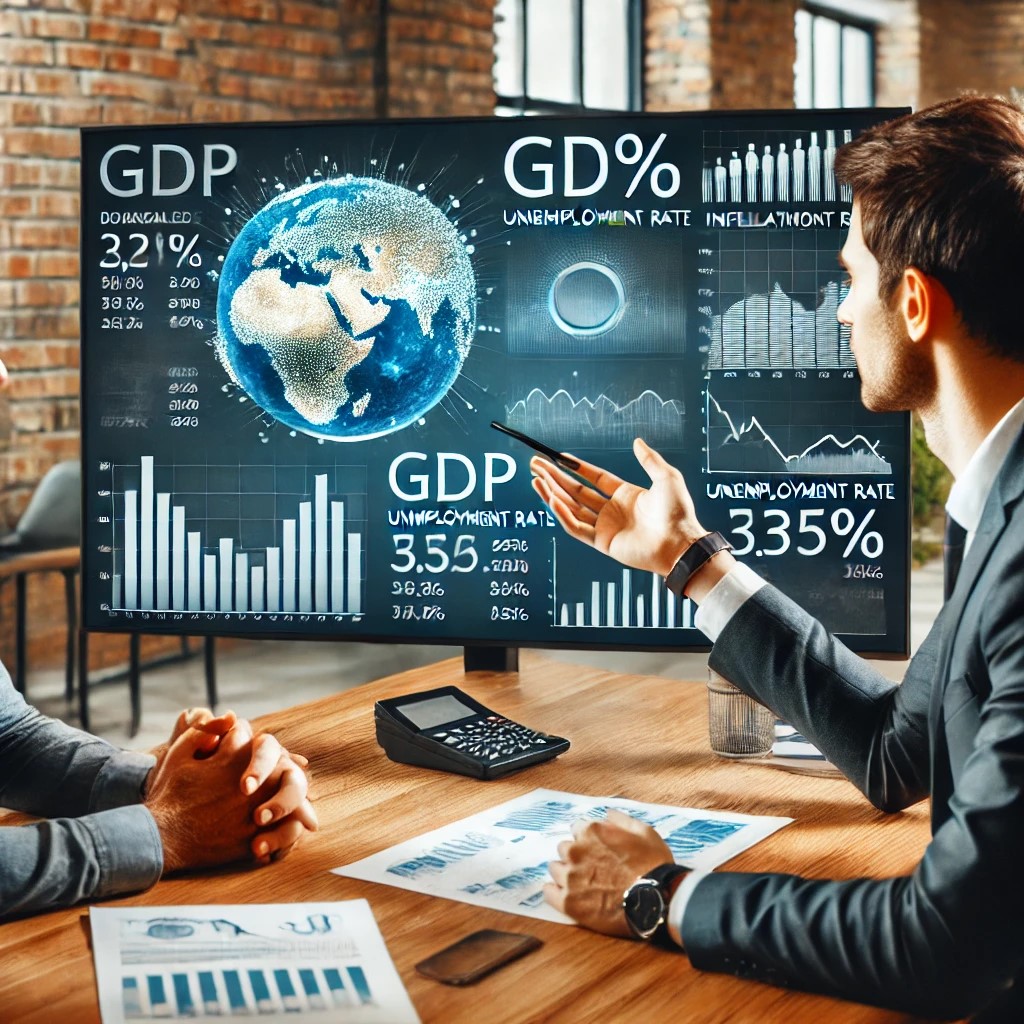
Current Trends in Economic Indicators
1. Increased Data Availability:
Advancements in technology have significantly increased the availability and accessibility of economic data. Real-time data collection and analysis enable more accurate and timely economic forecasting. Platforms like Bloomberg and Reuters provide comprehensive data sets that are crucial for making informed decisions.
2. Integration of Big Data and AI:
Big data and artificial intelligence (AI) are transforming how economic indicators are analyzed and interpreted. AI algorithms can process vast amounts of data quickly, identifying patterns and trends that traditional methods might miss. This integration allows for more precise economic forecasting and decision-making.
Future Predictions for Economic Indicators
1. Enhanced Predictive Analytics:
The future will see further advancements in predictive analytics, with AI and machine learning models becoming more sophisticated. These technologies will provide even more accurate economic forecasts, helping businesses and policymakers to anticipate and respond to economic changes proactively.
2. Real-Time Economic Indicators:
Real-time economic indicators will become more prevalent, providing up-to-the-minute data on economic conditions. This immediacy will enhance decision-making capabilities, allowing for quicker responses to economic shifts.
Conclusion
Understanding the basics of economic indicators is essential for interpreting the health and direction of an economy. Current trends such as increased data availability, integration of big data and AI, focus on ESG metrics, and globalization are shaping how these indicators are used. Looking ahead, advancements in predictive analytics, real-time data, expansion of ESG indicators, and a focus on inclusive growth will define the future of economic analysis. By staying informed about these trends, stakeholders can make better decisions and contribute to sustainable economic development.

